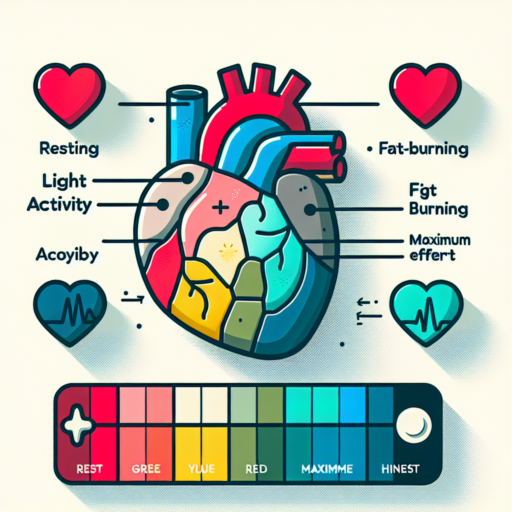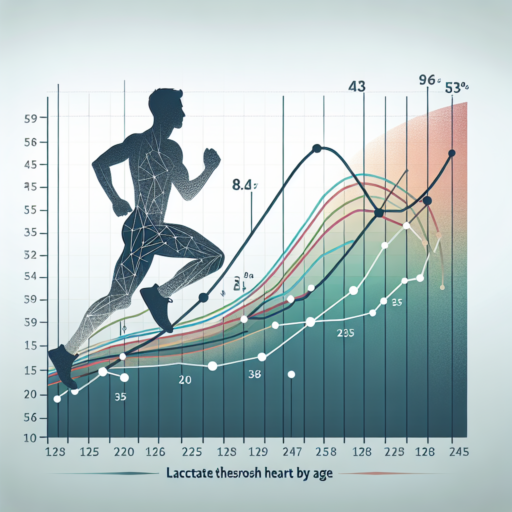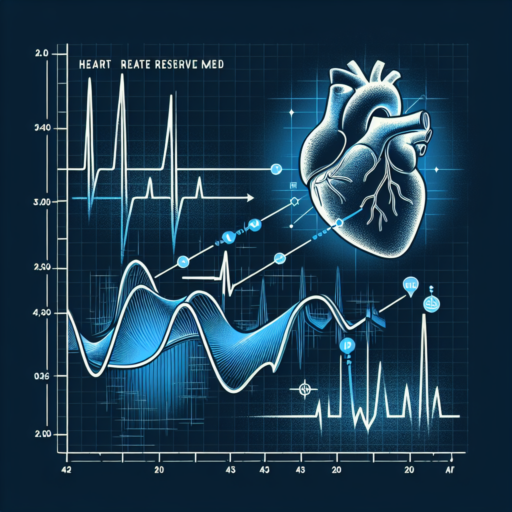What is a good heart rate range for my age?
Understanding your heart rate range is crucial for maintaining optimal health and fitness levels, as it varies significantly with age. Generally, a standard method to calculate your maximum heart rate is by subtracting your age from 220. However, for a more personalized approach, considering factors such as fitness level and health status is advisable.
The target heart rate zone typically lies between 50% to 85% of your maximum heart rate. This range is considered ideal for exercising safely and effectively, ensuring you’re pushing your heart sufficiently without overburdening it. For example, a 30-year-old’s maximum heart rate would be around 190 beats per minute (bpm), meaning their target zone would range from 95 to 161 bpm during physical activity.
However, it’s important to note that resting heart rates also provide valuable insight into heart health. For adults, a resting heart rate between 60 and 100 bpm is generally considered normal, but athletes and those in excellent physical condition often exhibit rates lower than this range. Tracking your resting heart rate over time can offer clues about your cardiovascular fitness and overall health trajectory.
What heart rate zone should I be in?
Understanding the right heart rate zone is crucial for maximizing your workout efficiency, whether you’re aiming to improve cardiovascular health, burn fat, or increase endurance. Your ideal heart rate zone depends on several factors, including age, fitness level, and specific fitness goals.
Finding Your Heart Rate Zone
To determine the most effective heart rate zone for your objectives, you’ll first need to calculate your maximum heart rate (MHR) by subtracting your age from 220. From there, you can identify specific zones. Each zone represents a percentage range of your MHR and is targeted towards different outcomes. For instance, to enhance aerobic capacity, you should aim to train within 70-80% of your MHR.
Heart Rate Zones Explained
- Zone 1 (50-60% MHR): This zone improves your heart’s health and is great for beginners or warm-ups.
- Zone 2 (60-70% MHR): Ideal for fat burning and building endurance.
- Zone 3 (70-80% MHR): Enhances aerobic fitness by improving your cardiovascular and respiratory system.
- Zone 4 (80-90% MHR): Increases anaerobic threshold, beneficial for improving speed and power.
- Zone 5 (90-100% MHR): Develops maximum effort and speed, recommended for short bursts in interval training.
The importance of staying within your target heart rate zone cannot be overstated. It not only ensures that you are exercising safely but also enables you to achieve the specific benefits related to each zone. By monitoring and adjusting your intensity based on these zones, you can optimize your workouts for better results over time.
What are my heart rate zones for my age?
Understanding your heart rate zones can significantly enhance your training effectiveness by allowing you to tailor your workout intensity based on your age. Heart rate zones are divided into different levels, each targeting a specific intensity and benefit. These zones are typically calculated as a percentage of your maximum heart rate, which is roughly estimated as 220 minus your age. However, keep in mind that individual fitness levels and health conditions can also influence these zones.
Heart Rate Zones Breakdown
- Zone 1 (50-60% of maximum heart rate): This is considered the very light activity zone, ideal for warming up and cooling down.
- Zone 2 (60-70% of maximum heart rate): Often referred to as the fat-burning zone, this moderate intensity level is perfect for weight management and improving endurance.
- Zone 3 (70-80% of maximum heart rate): This zone targets aerobic fitness and is excellent for improving cardiovascular health and stamina.
- Zone 4 (80-90% of maximum heart rate): At this high intensity level, you’re enhancing your anaerobic capacity and speed.
- Zone 5 (90-100% of maximum heart rate): This is the peak intensity effort, optimal for short bursts that improve power and speed.
By staying informed about your heart rate zones and how they relate to your age, you can more effectively target your fitness goals, whether that’s weight loss, endurance, or overall cardiovascular health. Additionally, employing a heart rate monitor during workouts can provide real-time feedback, ensuring that you’re exercising within the correct zone for your objectives and age. Regularly assessing and adjusting your workout intensity as you age or as your fitness level changes is essential for optimal health benefits and injury prevention.
No se han encontrado productos.
What is a good running heart rate by age?
Understanding your ideal heart rate for running involves appreciating how it adjusts with age. Age significantly impacts the heart rate zone that optimizes both safety and effectiveness during exercise. A «good» running heart rate does not have a one-size-fits-all answer but is tailored individually, factoring in age and physical condition.
Heart rate zones vary significantly as one progresses in age. Typically, the maximum heart rate (the highest heart rate an individual can achieve without severe problems) decreases. A common method to estimate your maximum heart rate is by subtracting your age from 220. This figure offers a baseline from which to calculate your target running heart rate, which is usually a percentage of your maximum rate.
For different age groups, target heart rate zones can provide a benchmark for assessing whether you’re pushing too hard or not enough. For instance, a person in their 20s might have a target heart rate zone of 100-170 beats per minute (bpm), while someone in their 50s might aim for 85-145 bpm. It’s crucial to remember that these are broad estimates and personal fitness levels, and health considerations will play significant roles in determining your optimal heart rate zone.




